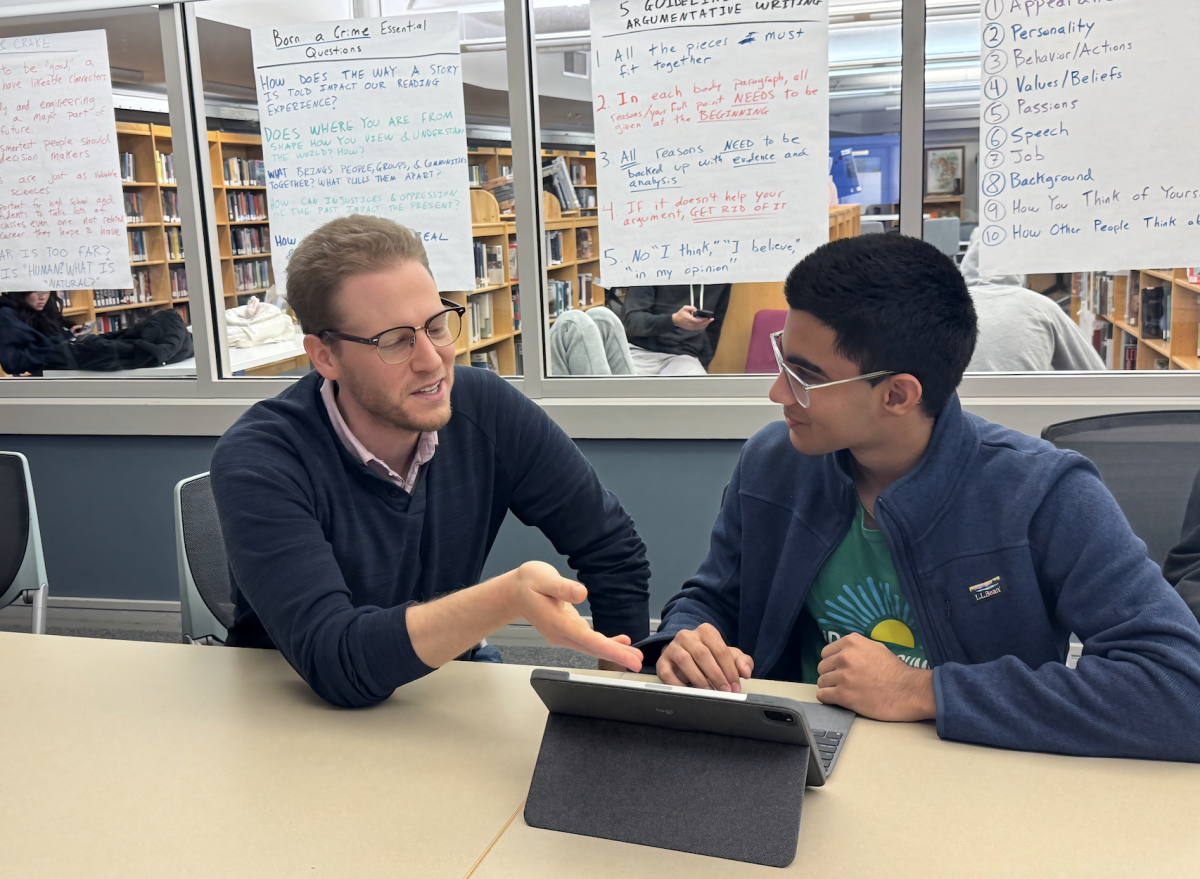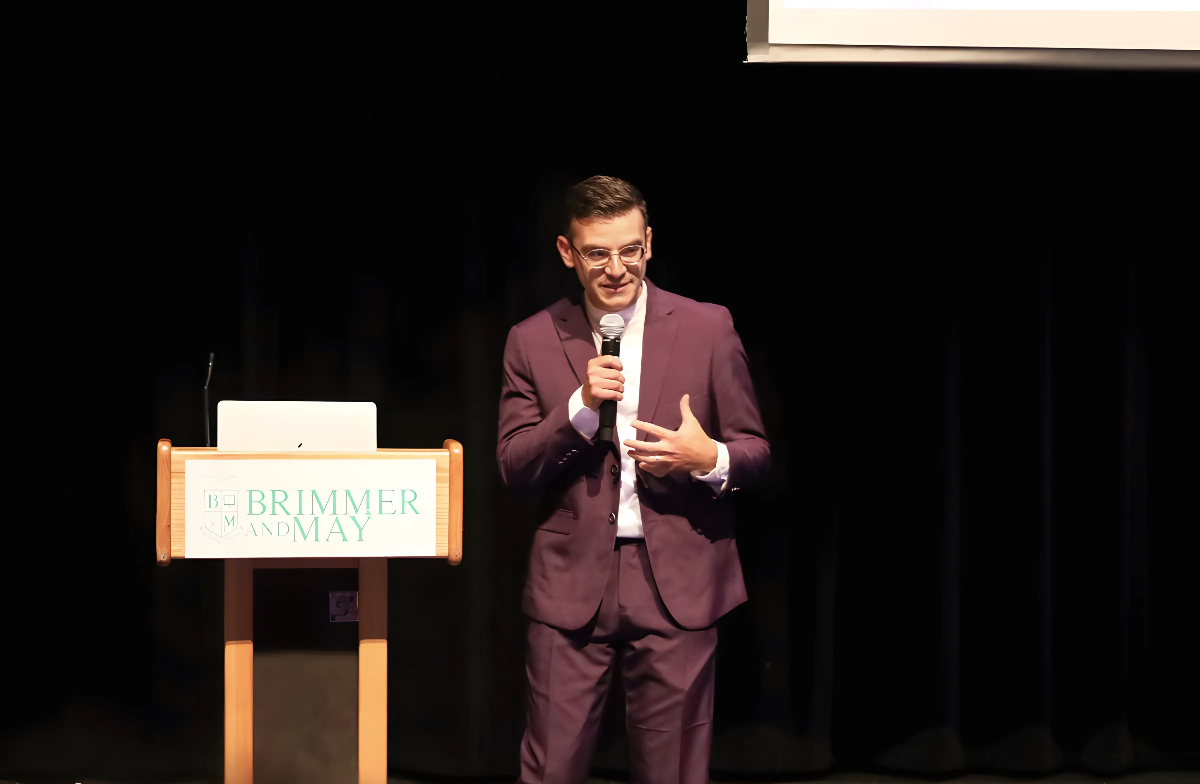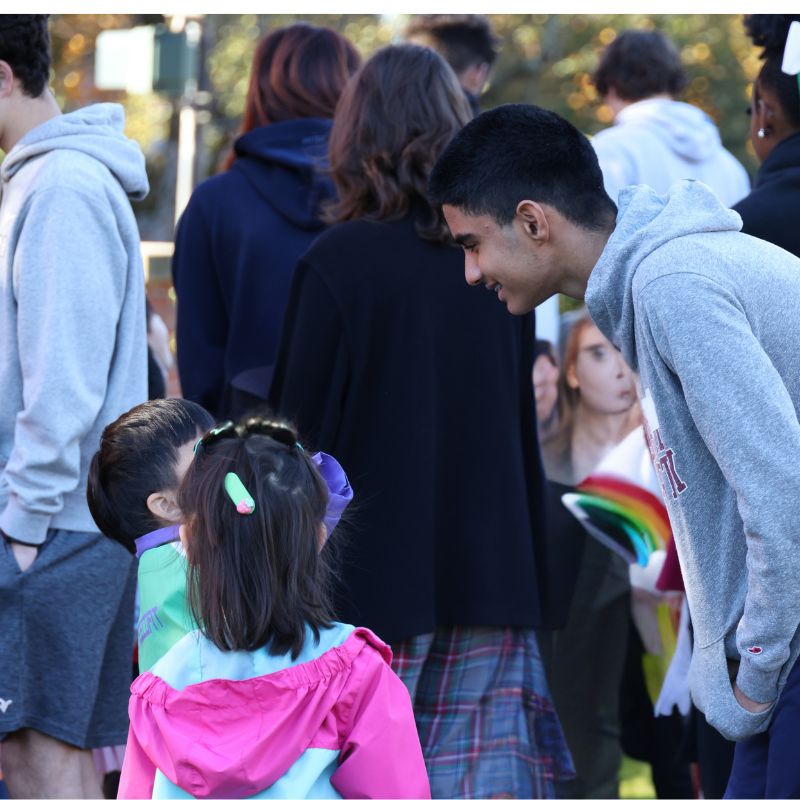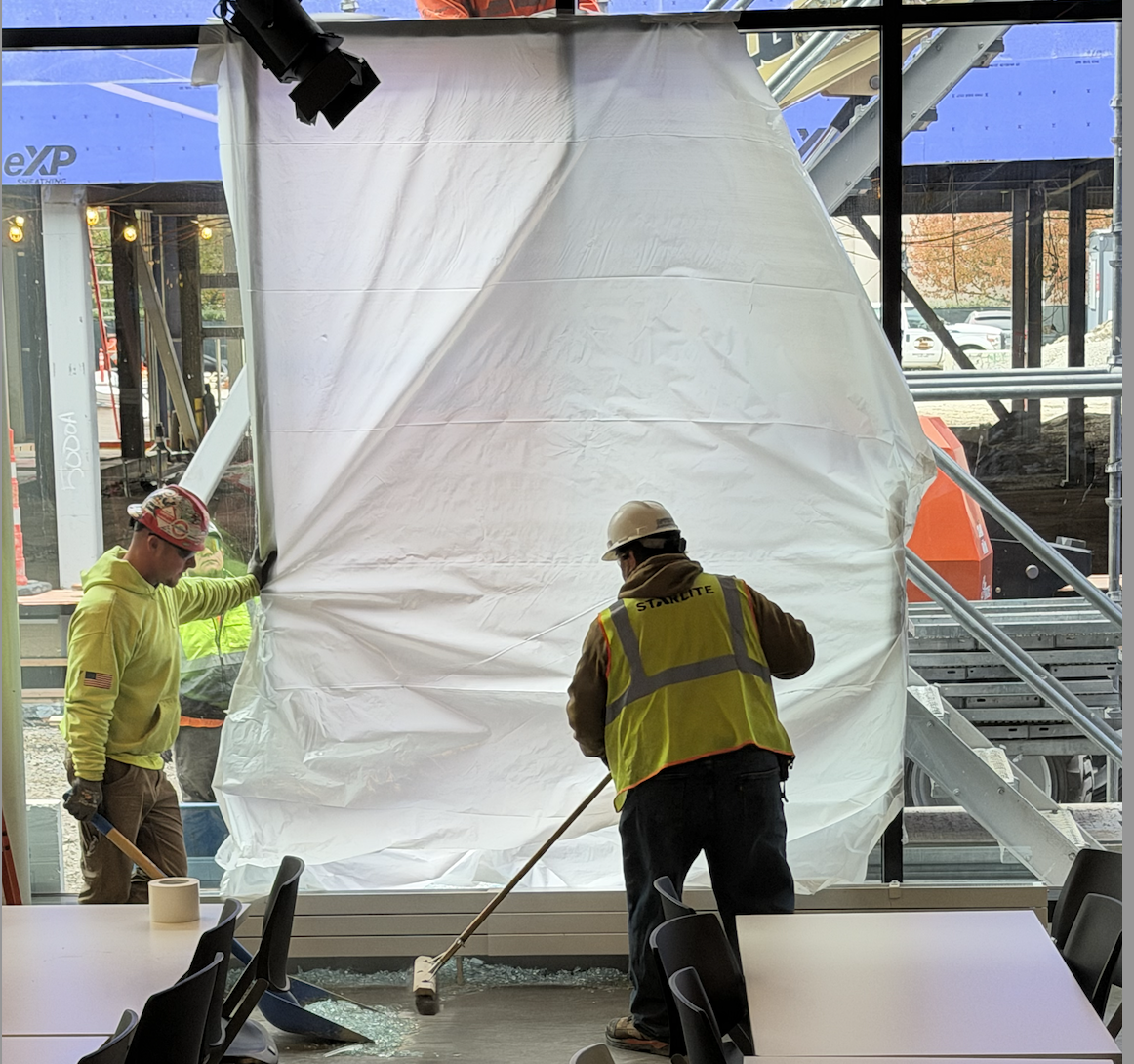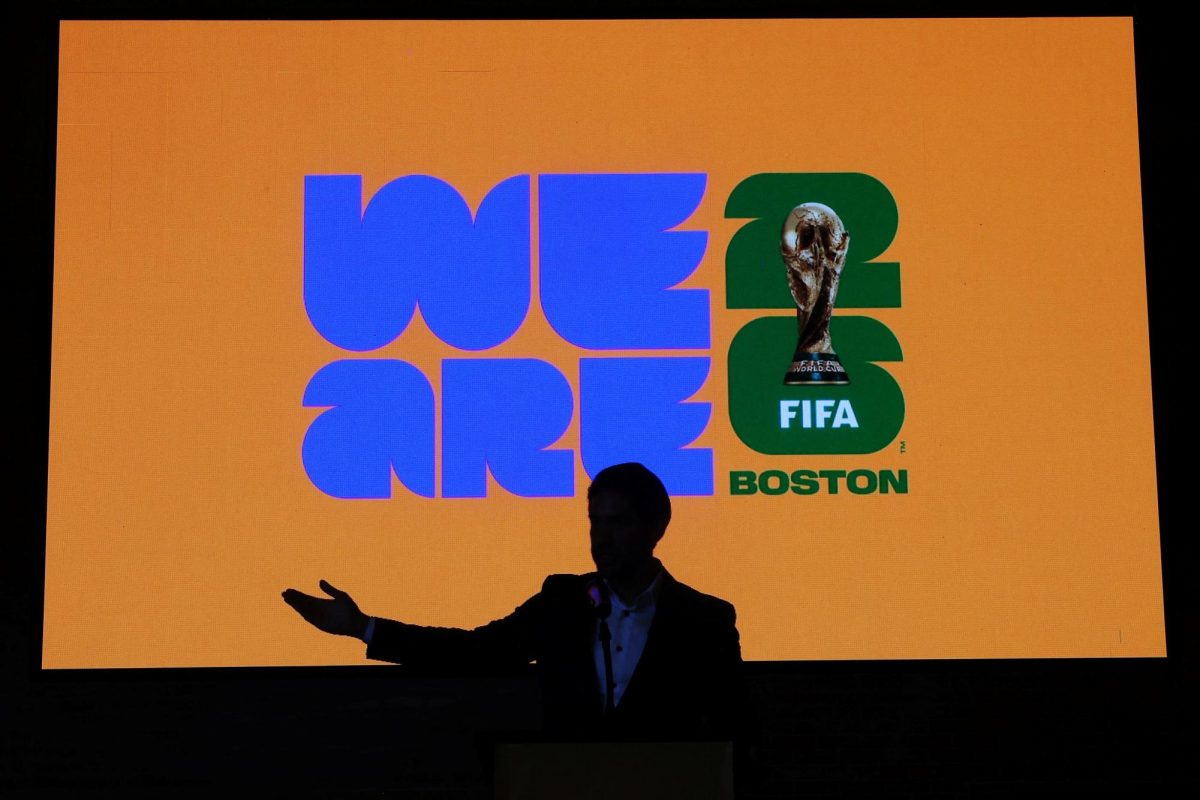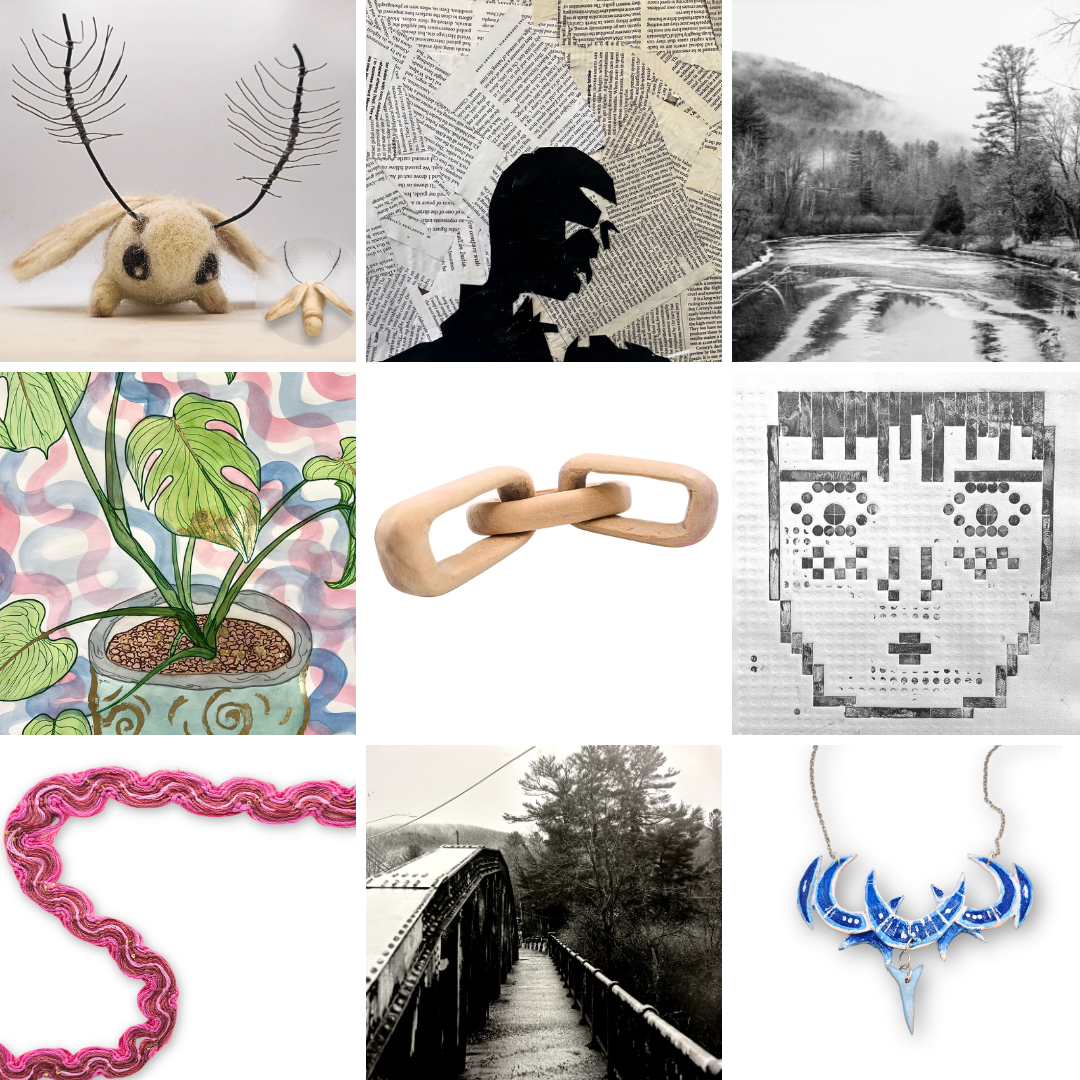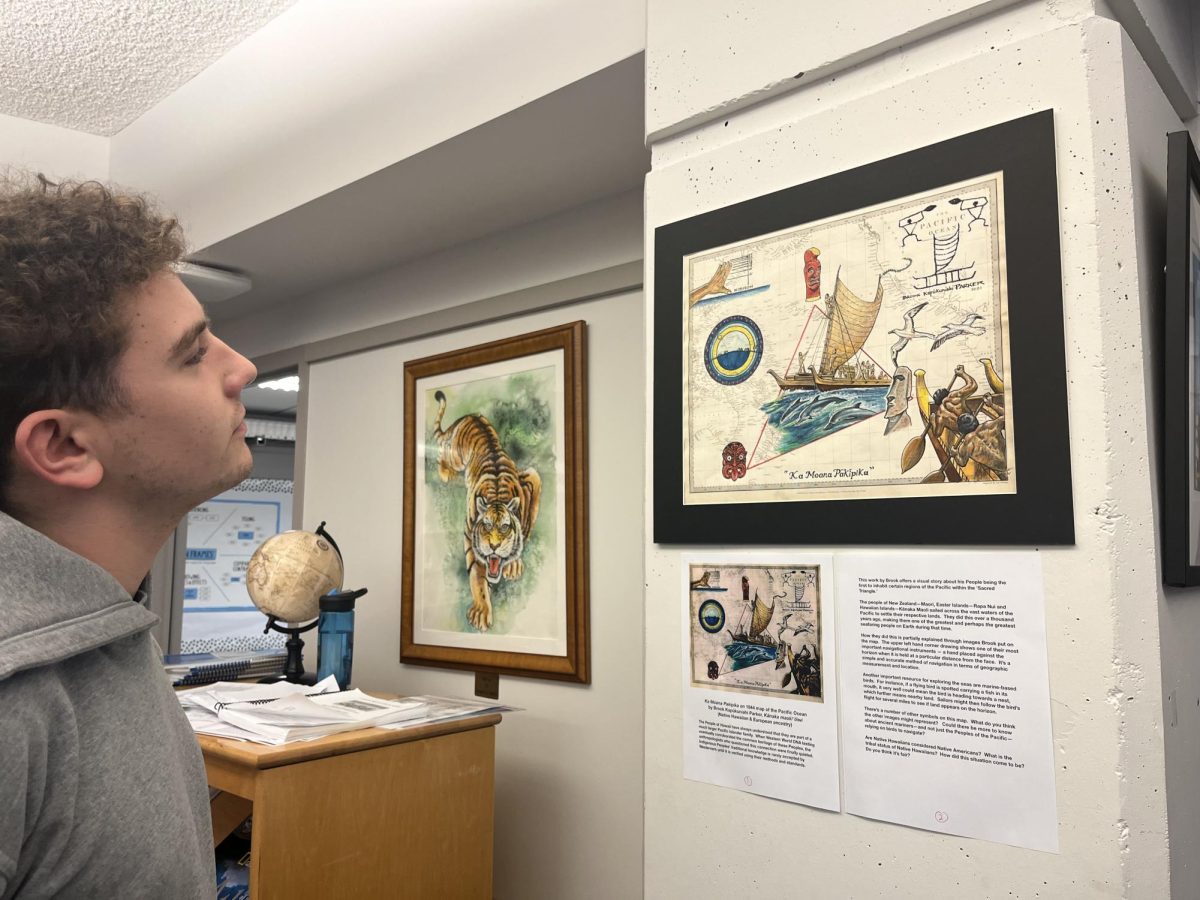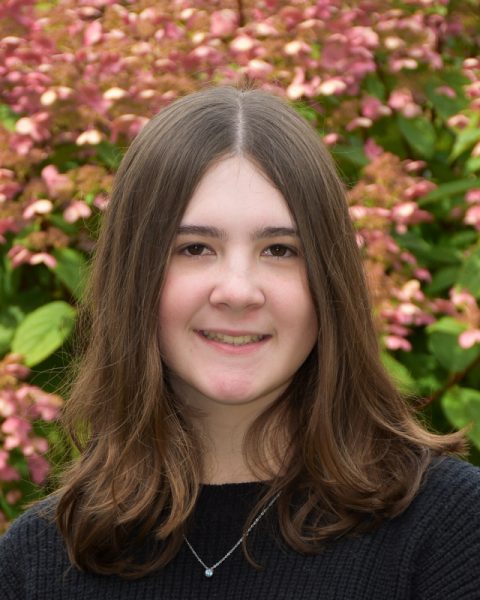The Anne C. Reenstierna Library is currently hosting its latest addition, “Decolonizing the Map through Indigenous Art,” a captivating array of work on loan from Ravens Makes Gallery in Sister, Oregon.
This esteemed collection, which will be showcased here until March, provides a unique lens through which to view and appreciate indigenous perspectives.
Head Librarian Elyse Seltzer shared her enthusiasm and the backstory of how this collection arrived.
“The people at Raven’s Gallery were just super generous,” Seltzer said. “They are in Oregon and the gallery there closes in the winter because they are in the mountains, so they would have just been sitting anyway. They said that they would just charge us the cost of the shipping, so we just had to pay for what it cost them to send it here and for us to send it back.”
The Library invites students to explore the array of artworks, among which is Seltzer’s favorite, “Ka Moana PāKīpiKa.” She admires how this piece not only narrates a profound story but also skillfully integrates historical elements.
“I really like “Ka Moana PāKīpiKa” because I feel like it is telling a whole story, and along with being on top of the old map, it is also utilizing it in depicting the journey,” Seltzer said. “I think it just really works well as people who traveled and who that is a part of their identity.”
While these pieces are showcased in alignment with Indigenous Peoples Month, Seltzer advocates for their year-round display.
“We thought that it was worth being here at any time—but specifically here in the Library because the exhibit is called ‘Decolonizing Maps with Indigenous Art,’ and I have been doing work in the library to decolonize the space, and the Dewey’s Decimal system specifically.”
Melville Dewey’s Decimal system not only has a Eurocentric bias, according to Seltzer, but it also marginalizes or mislabels non-European and non-white topics, such as formally classifying LGBTQ+ topics under mental health, indigenous beliefs as folklore, and African American and Jewish histories as cultural, not historical.
“I am working to re-catalog books in such a way that no longer pushes historically marginalized groups to the margins and allows them to be centered and seen,” Seltzer said. “This is a part of my goal to make sure that all students can see themselves reflected in an affirming way through the library collection.”
Seltzer invites students to immerse themselves in the art, fostering appreciation and understanding of the rich narratives it presents.

